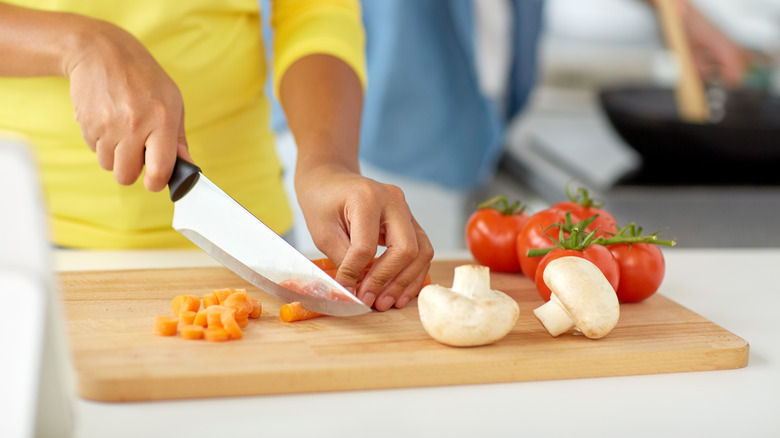How to Sharpen a Bread Knife: Tips and Tricks for BBQ Lovers
Written By James Morgan
If you're passionate about barbecuing and you want to ensure your kitchen tools are in excellent condition, knowing how to sharpen a bread knife is essential. While bread knives are often overlooked when it comes to sharpening, this article will guide you through the process so you can maintain all your knives even those tricky serrated edges.

Why Sharpening a Bread Knife Matters
A dull bread knife can ruin the texture of your bread and make slicing difficult. For a BBQ enthusiast, the sharpness of a knife directly affects prep work such as slicing bread for sandwiches, carving briskets, or even slicing vegetables. Keeping your bread knife sharp ensures clean cuts and a better overall experience.

Understanding the Serrated Edge
Before diving into how to sharpen a bread knife, it's crucial to understand the intricacies of a serrated edge. Unlike regular knives, bread knives have serrated edges that are more complex to sharpen. Each serration or 'tooth' needs individual attention, making the sharpening process unique but rewarding for BBQ enthusiasts who love precision.

The Tools You'll Need
Sharpening a bread knife requires specific tools that can handle the serrated edges. Here are the basics:
- Serrated knife sharpener: A tool specifically designed for the serrations of bread knives.
- Manual Rod: A honing rod with a ceramic or fine grit surface can be used for sharpening.
- Abrasive Belt Sharpener: For those who have several knives and want a quicker method.

Step-by-Step Sharpening Guide
Step 1: Securing the Knife
Begin by securing your bread knife on a stable surface. This ensures you have better control and can focus on sharpening each serration.
Step 2: Choose the Right Tool
Select the appropriate tool based on your needs. A dedicated serrated knife sharpener is ideal for precise work, while a ceramic honing rod can also be effective. Avoid using flat sharpeners as they wont fit the serrations properly.
Step 3: Sharpening Each Serration
Carefully run the sharpener through each serration, following the contour of the blade. Maintain a consistent angle to ensure even sharpening. This process is slow but crucial for effectiveness.
Step 4: Hone the Knife
After sharpening, use a honing rod to refine each serration. This step removes any burrs and polishes the edge.
Other Knife Maintenance Tips for BBQ Enthusiasts
Keeping your whole knife set sharp and well-maintained is crucial for any BBQ lover. Check out this guide on sharpening a Santoku knife and knife handling tips for further details.
Conclusion
Sharpening a bread knife may seem daunting at first, but with the right tools and careful technique, it's entirely manageable. For BBQ enthusiasts, having a sharp bread knife can elevate your grilling experience, making each slice as perfect as your grill marks. Remember, knife maintenance is an ongoing process, and sharpening your bread knife should be a part of that routine.
FAQ
How often should I sharpen my bread knife?
Typically, if you're using it frequently, you should sharpen your bread knife every 6 months. For infrequent use, a yearly sharpening should suffice.
Can I use a regular knife sharpener on my bread knife?
No, a regular knife sharpener won't work well on serrated edges. Using a serrated knife sharpener or a ceramic honing rod is recommended.
What's the difference between sharpening and honing?
Sharpening removes metal to create a new edge, while honing realigns the existing edge without removing material. Both are essential for maintaining your knives.
As an Amazon Associate, I earn from qualifying purchases.



